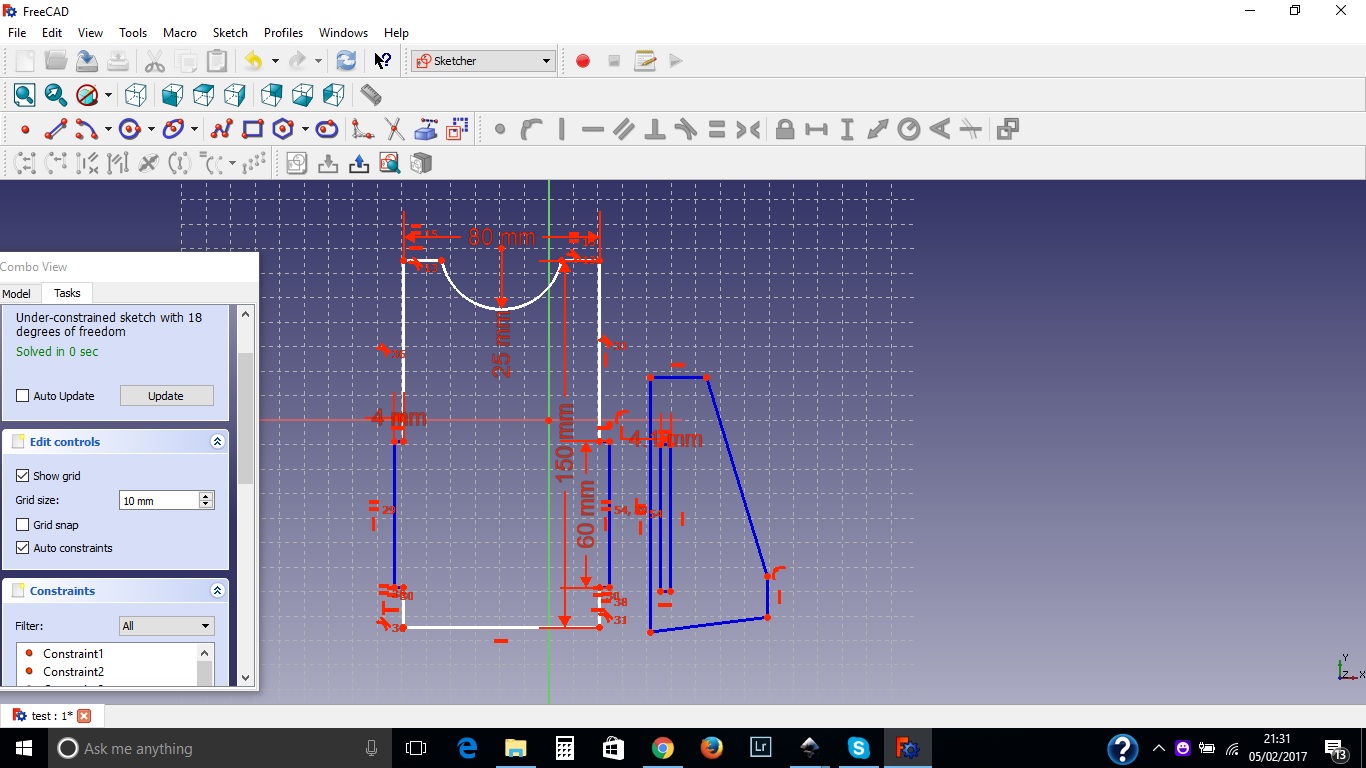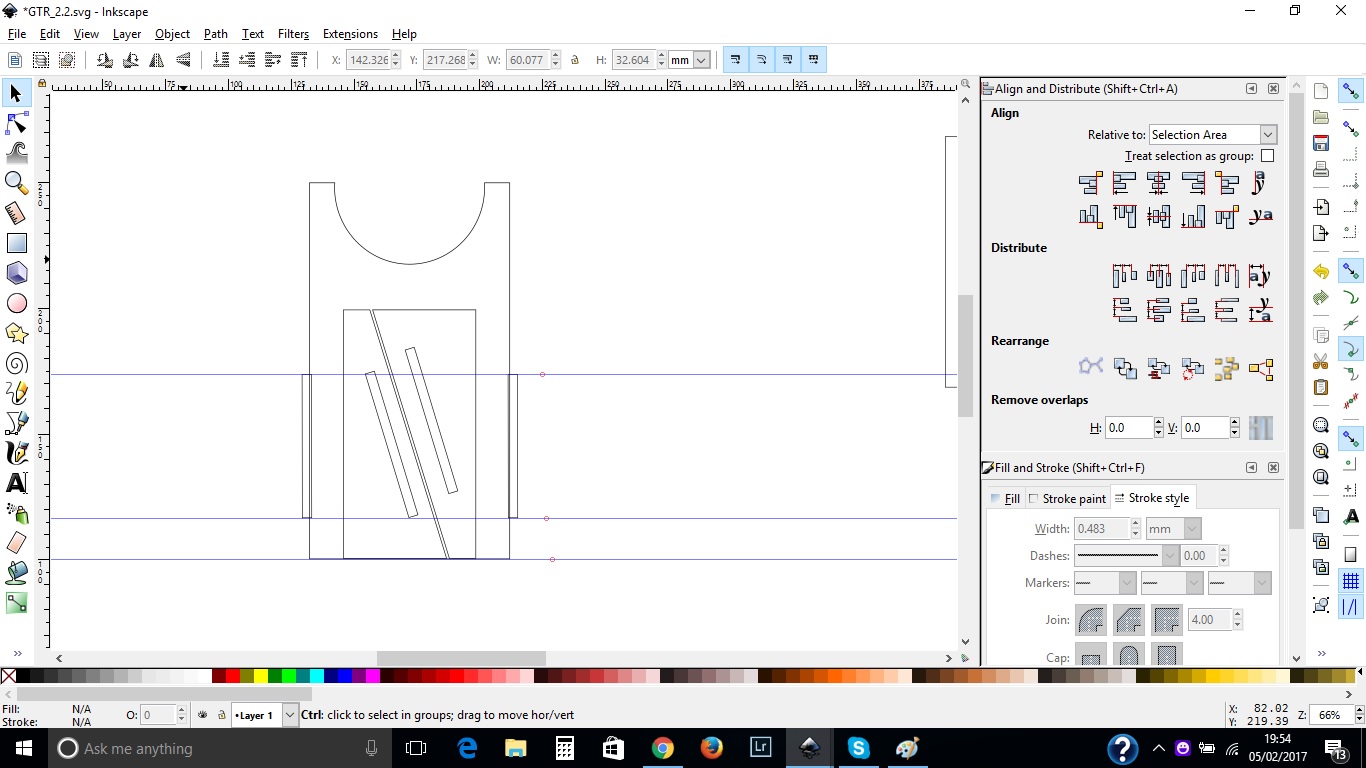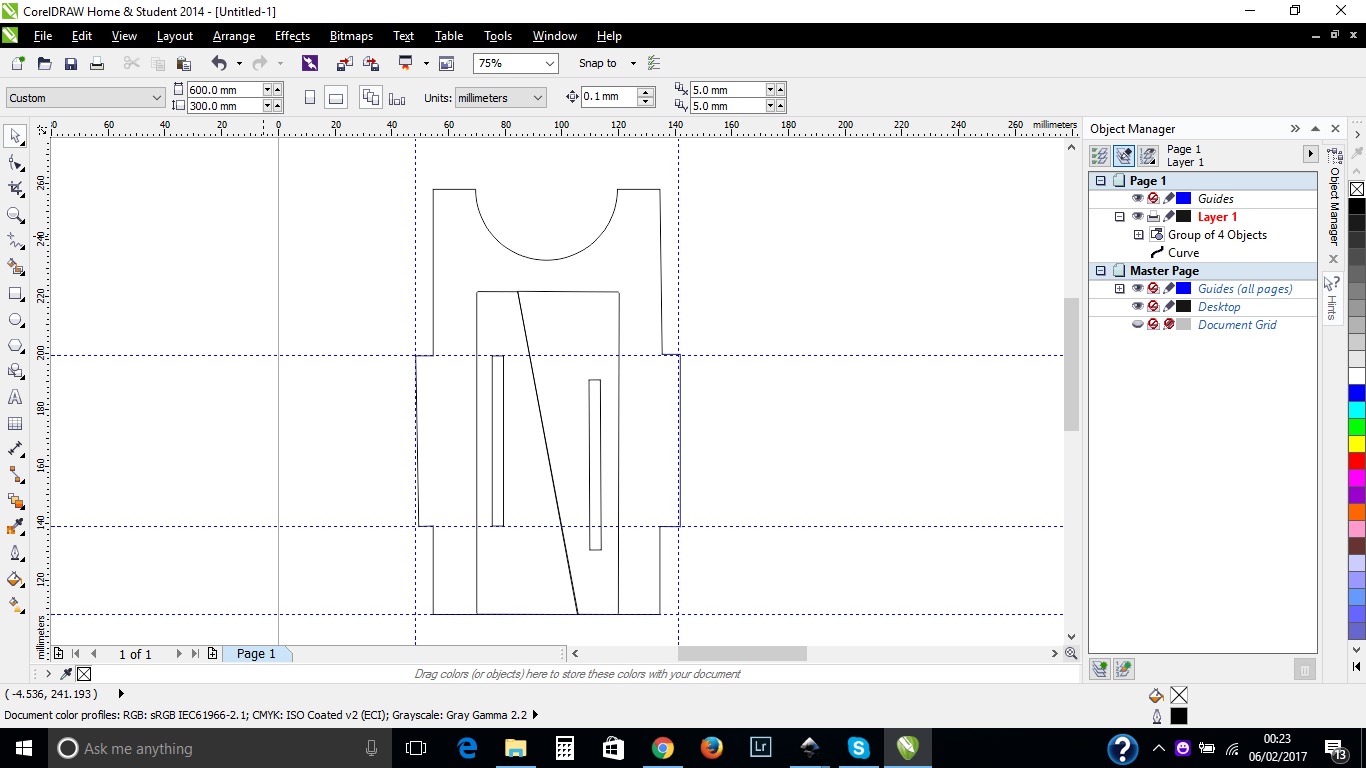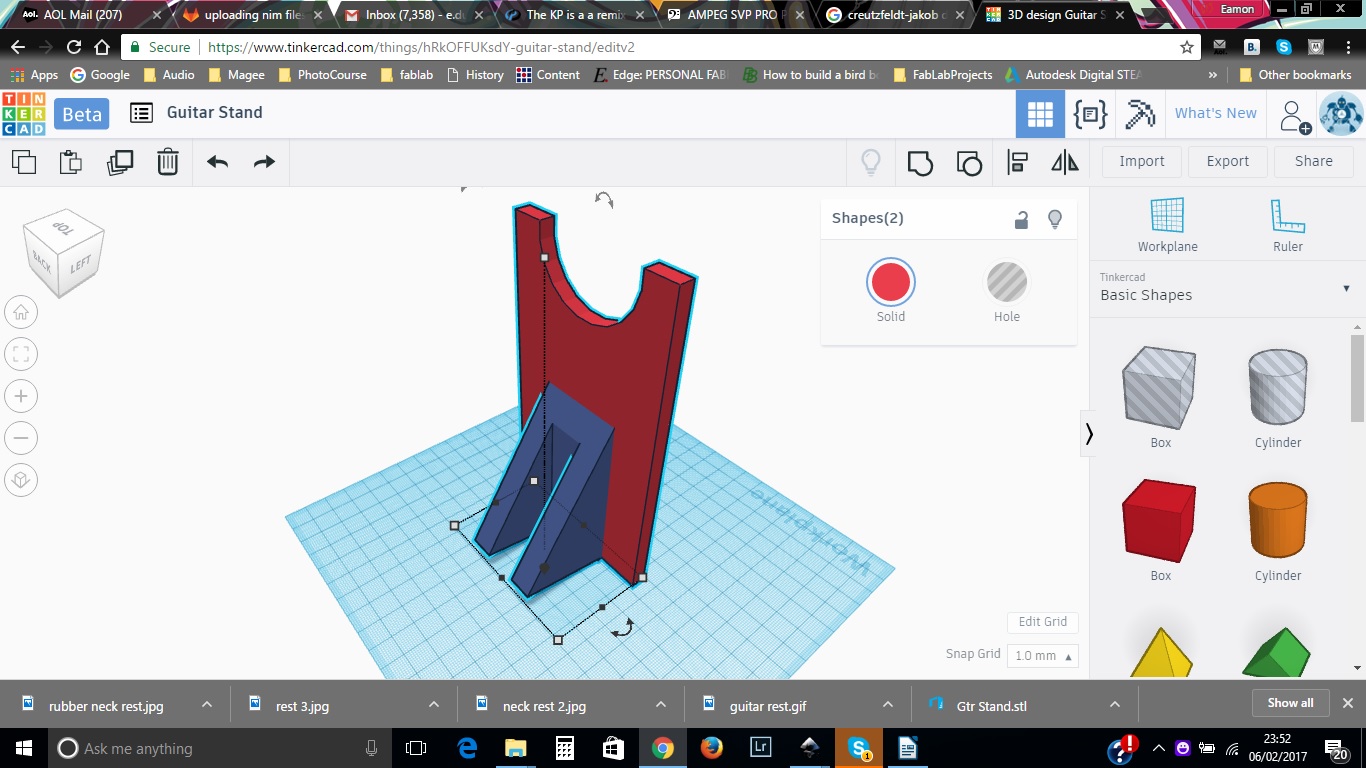

The task this week is to examine and assess a list of 2d and 3d CAD software from the list provided. I am not incredibly CAD literate, but interested in ways this subset of packages can be used effectively within a functioning community focussed FabLab. First things first. I am not so much interested in the mechanical engineering possibilities offered by Fablab, and by association Fab Academy, but the vast social engineering prospects. FabLab Nerve Centre commenced operation in 2012. The basic concept was and remains community building through the use of technology. In an area of high economic inactivity, low educational attainment, and the spectre of a 40 year conflict still apparent, Fablab offers an alternative means of positive engagement. Reintroducing people to the thrill of making has far reaching social and economic impact prospects. This is what my Fab Academy is all about. Interrogating all possibilities that will bring the capabilities of FabLab to more and more people. To narrow the digital divide. To increase employment opportunities. To act as a bridge between disparate communities. Simplicity is the key in all of this. Pathways to learning that have a shallow learning curve, with an exponential increase in reward based on effort. So throughout this journey, I will be seeking approaches most suited to these outcomes.
In order to assess the various packages, I decided it would be easiest to come up with a simple design, and then attempt to replicate this on various packages. Attention would be paid to both ease of use, and accuracy. Some element of parametric design capability is also high on the lost of desirable features. I decided to try and make a simple neck rest for guitar. What follows is a brief synopsis of my experiments.
The first package that I tried was FreeCAD. The layout is relatively simple, with a large range of features, but maybe not as immediate for a user new to CAD. The use of constraints make the package suitable for parametric design, but the interface when drawing it a little cluttered. In honesty, in a community Lab setting, I think I will have a hard time selling this to potential users.

Inkscape is an easy program to begin 2d drawing. Layout is very simple, with a comprehensive set of tools that seem to have a very logical method of operation. Drawing the file on this package was very easy. Parametric control of parts was not immediate bus can be achieved through cloning. As an introduction to 2d design, I think this package is close to optimal for widespread community use.

Corel is very similar to Inkscape. The interface is good, logical and uncluttered. The handling of images is much better than with Inkscape, but the increased simplicity and also the open source origin make Inkscape a better choice. The drawing of the file was quite easy again, and clones made a certain amount of parametric control possible. Useable plug-ins for direct control of Epilog laser cutters is another positive feature.

Useable 3d software for special educational needs or people who have disengaged with conventional learning is not an easy thing to find. As an experiment I decided to try to see if I could replicate the design for 3d printing within Tinkercad. It only took about 10 minutes from a standing start to get a functioning design. This is really the only 3d package that I would be happy to put in front of a non skilled group of students. I think anyone could achieve workable and accurate designs for 3d printing.

CAD software can be incredibly complex. Although this will surely lead to increased flexibility when the user gets up to speed with the interface, it also presents a severe challenge to users completely new to design and digital, personal fabrication. With our key user group in mind, I think Inkscape holds the best balance between usability and results. It is very immediate, but capable of achieving the level of accuracy needed for making. For initial steps in design and fabrication there is no sense in using a sledgehammer to crack a nut.